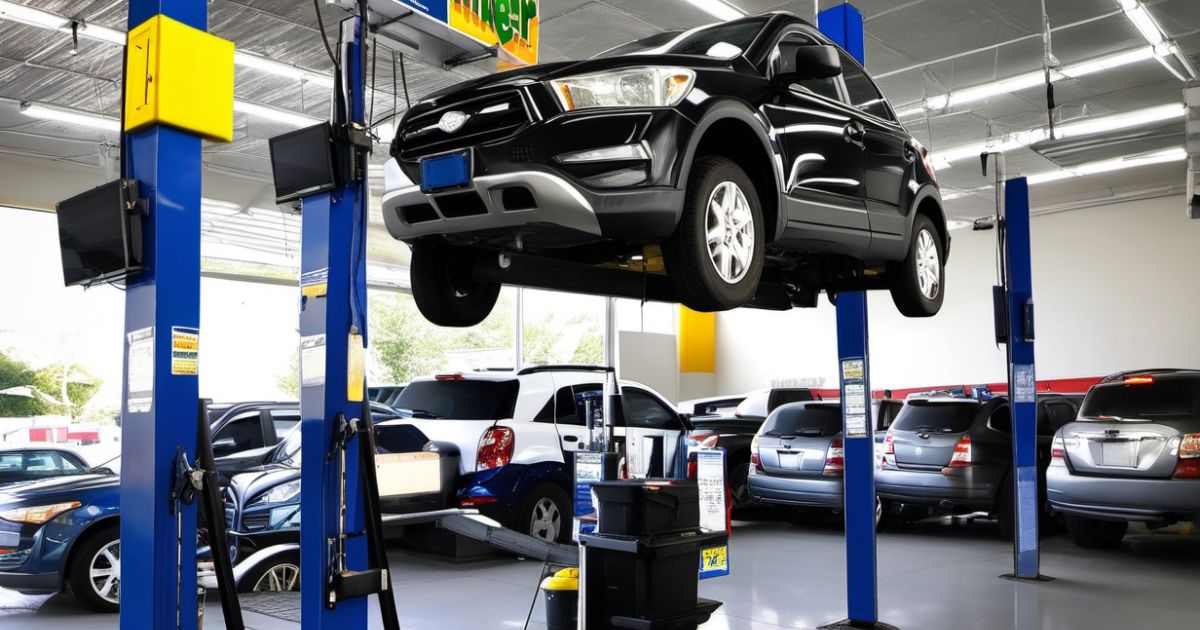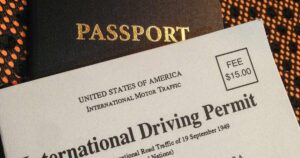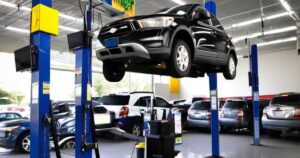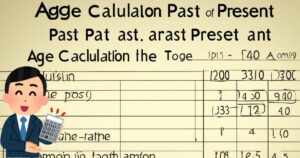Walmart is a well-known one-stop destination for all automotive necessities, including tires, tire alignment, battery testing, oil changes, and a wide range of other products and services. With over 2,500 Auto Centers across the United States, finding a Walmart Auto Center near you is a breeze.
While Walmart used to offer wheel alignment services, they unfortunately no longer provide this service as of 2024. However, this article will comprehensively cover everything you need to know about wheel alignments, including why they are essential, the signs of misaligned wheels, and where you can get your wheels aligned at a low cost.
Does Walmart Do Wheel Alignments?
As of now, Walmart no longer provides wheel alignment services at their Auto Centers, which previously ranged from $50 to $100 depending on the alignment type. Despite this change, Walmart remains a top choice for various auto services and budget-friendly car parts. The decision to discontinue wheel alignment services was announced after being available until 2024.
While this service is no longer offered, Walmart continues to cater to customers with an array of tire services and affordable automotive products. From purchasing new windscreen wipers to stocking up on motor oil and other accessories, Walmart ensures convenience and cost-effectiveness for vehicle owners.
Although wheel alignment is no longer available, Walmart’s commitment to providing essential automotive services and parts at competitive prices solidifies its reputation as a reliable destination for car maintenance needs.
Other Auto Services Walmart Provides

Even though Walmart no longer provides tire alignment services, their Auto Centers still offer a comprehensive range of automotive services, including:
- Oil changes: Conventional, high mileage, synthetic blend, and fully synthetic oil changes are available at Walmart Auto Centers. They use quality oil brands and provide a complimentary oil filter replacement with each service.
- Tire services: Walmart offers tire installation, rotation, balance, and repair services. They carry a variety of tire brands and sizes to fit most vehicles.
- Battery services: Battery testing, replacement, and a complimentary battery check are available at Walmart Auto Centers.
- Brake services: Brake inspections, replacements, and repairs are performed using quality brake parts, with a lifetime warranty on brake pads and shoes.
- A/C services: Air conditioning system inspections, repairs, and recharges are offered, using environmentally friendly refrigerants and backed by a warranty.
- Suspension and steering services: Inspections, repairs, and replacements for suspension and steering components are provided.
- Fuel System Services: From cleaning the car’s fuel system to fixing related issues, Walmart Auto Centers have you covered.
- Transmission services: Transmission fluid and filter changes, flushes, and repairs are available.
Other Stores That Offer Wheel Alignment
While Walmart no longer provides wheel alignments, there are numerous other automotive stores throughout the United States that offer this essential service at reasonable costs, including:
- – Pep Boys
- – Firestone Complete Auto Care
- – Sears
- – Goodyear
- – Les Schwab
- – Jiffy Lube
- – Big O Tires
- – Tire Discounters
- – Midas
- – Mr. Tire
- – Tires Plus
What is Wheel Alignment?
Wheel alignment, also known as tire alignment, is the process of adjusting the angles of the wheels to ensure they are perpendicular to the ground and parallel to each other. Proper wheel alignment ensures that the vehicle’s tires make optimal contact with the road surface, providing better handling, steering, and even tire wear.
If the wheels are misaligned, it can lead to uneven tire wear, decreased fuel efficiency, poor handling, and even safety issues. Regular wheel alignments, as recommended by the vehicle manufacturer or when you notice signs of misalignment, are crucial for maintaining your car’s performance and safety.
Also read this Post: Reliable Hyundai
Why is Wheel Alignment Important?
Proper wheel alignment is essential for several reasons:
- Improves safety: Aligned wheels ensure predictable and safe handling on the road, reducing the risk of accidents caused by the car pulling to one side.
- Increases fuel efficiency: Correct alignment reduces rolling resistance, allowing the car to move forward more efficiently, thereby improving fuel economy.
- Extends tire life: Misaligned wheels cause uneven and premature tire wear, while proper alignment ensures even tire wear and longer tire lifespan.
- Improves handling and ride comfort: Properly aligned wheels provide smoother handling and a more comfortable ride for you and your passengers.
- Prevents premature wear on other parts: Misaligned wheels can put additional stress on suspension and steering components, leading to premature wear and costly repairs.
- Maximizes performance: Proper wheel alignment allows your car to perform at its best, providing optimal handling, stability, and control on the road.
Signs That Your Wheels Are Misaligned
Several signs can indicate that your wheels are misaligned, including:
- Uneven tire wear: You may notice more wear on one side of the tire than the other or a feathering pattern where the tread appears smooth on one side and jagged on the other.
- Steering wheel off-center: If the steering wheel is not centered when driving straight, it could be a sign of misaligned wheels.
- Vehicle pulls to one side: Misaligned wheels can cause the vehicle to pull to one side while driving, even when you’re not actively steering.
- Vibrations: Misaligned wheels can cause vibrations in the steering wheel or the car itself while driving.
- Poor handling: Misaligned wheels can make the car feel unstable or cause the steering to be less responsive than usual.
Methods of Wheel Alignment
There are two standard methods for performing wheel alignments: laser measuring devices and Bluetooth measuring devices. Both methods work similarly but differ in their level of accuracy and technology.
1. Bluetooth Wheel Alignment
Bluetooth wheel alignment is a more modern and accurate method. It uses wireless technology to measure the angles of each wheel and display the results in real-time on a connected computer monitor. This allows the mechanic to make adjustments and see the results immediately. When properly set up, these machines are accurate to within 0.1mm.
2. Laser Wheel Alignment
The laser wheel alignment method uses laser technology to precisely measure the angles of the wheels. Similar to the Bluetooth method, a laser shines on the measuring object, and the alignment is determined based on the readings. Laser alignment is accurate to about 1mm, but Bluetooth alignment is generally considered the more accurate and preferred method.
General Wheel Alignment Terms
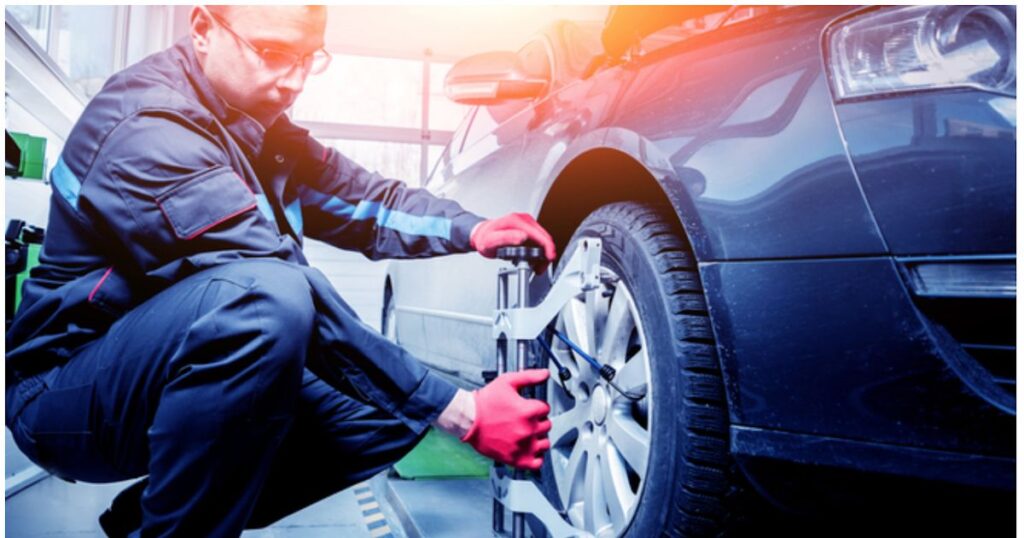
1. Toe In/Toe Out
Toe is one of the most important wheel alignment parameters. It refers to the positioning of the wheels, which can be straight, angled inward (toe in), or angled outward (toe out), similar to the position of your toes on your feet. When the toe is in, the wheels will point inward towards the center of the vehicle. Conversely, when the toe is out, the wheels will be pointing away from the car.
2. Camber
Camber describes the angle of the tire in relation to the ground. Similar to toe, this angle can be tilted inward or outward, but it is compared to the vertical angle. The camber angle affects how the tire interacts with the road surface. Both positive and negative camber angles will position the tires diagonally with respect to the road, a look that is sometimes intentionally achieved on hot rods for aesthetic purposes.
3. Caster
The caster angle describes the relationship between the center of the wheel hub assembly and the ground. The caster angle significantly impacts the vehicle’s stability. A neutral caster maintains a perfectly straight vertical alignment, while a negative caster angle is tilted towards the front of the car, and a positive caster angle is tilted backwards.
4. Crabbing
Crabbing occurs when the thrust angle of the wheels is incorrect. The thrust angle refers to the relationship between the rear wheels and the centerline of the vehicle. When the thrust angle is off, the rear wheels are not parallel to the front wheels and are not positioned directly behind them.
This is why it is called “crabbing” due to the appearance it creates. Proper thrust angle adjustment is crucial for Advanced Driver Assistance Systems (ADAS) to function accurately and provide reliable results.
Wheel Alignment Procedure
The typical wheel alignment procedure involves the following steps:
1. Inspection: The technician will inspect your vehicle’s tires, suspension system, and steering components for any wear or damage. They will also check the tire pressure, tread depth, and current alignment angles.
2. Tire pressure adjustment: The tire pressure will be adjusted to the manufacturer’s specifications.
3. Equipment setup: The alignment equipment, consisting of a computer, cameras or sensors, and a wheel alignment machine, will be set up.
4. Vehicle positioning: Your vehicle will be driven onto the alignment machine and positioned correctly to ensure accurate measurements.
5. Angle measurements: The alignment machine will measure the angles of the wheels, including camber, caster, and toe, and compare them to the manufacturer’s specifications.
6. Angle: Angle adjustments: If any of the angles are out of specification, the technician will make the necessary adjustments by adjusting components like tie rods, camber bolts, or control arms.
7. Test drive: After adjustments, the vehicle will be taken for a test drive to ensure proper handling and drivability.
8. Final check: The technician will perform a final check of the alignment angles and make any necessary minor adjustments.
9. Report: You will receive a report showing the before and after measurements of the alignment angles, along with any recommendations for future maintenance.
How Long Does a Wheel Alignment Take?
A typical two- or four-wheel alignment process takes approximately one hour to complete. However, if there are worn parts or damage to components like the suspension, bushings, or ball joints, it may take longer. Conversely, if there are no significant issues, the process could be completed in less than an hour.
While some repair shops offer wheel alignments as a “drop-in” service, it is recommended to call ahead and schedule an appointment. If you decide to walk in without an appointment, be prepared to wait, as walk-ins are typically not given priority for non-critical services.
How Often Should You Have Your Wheels Aligned?
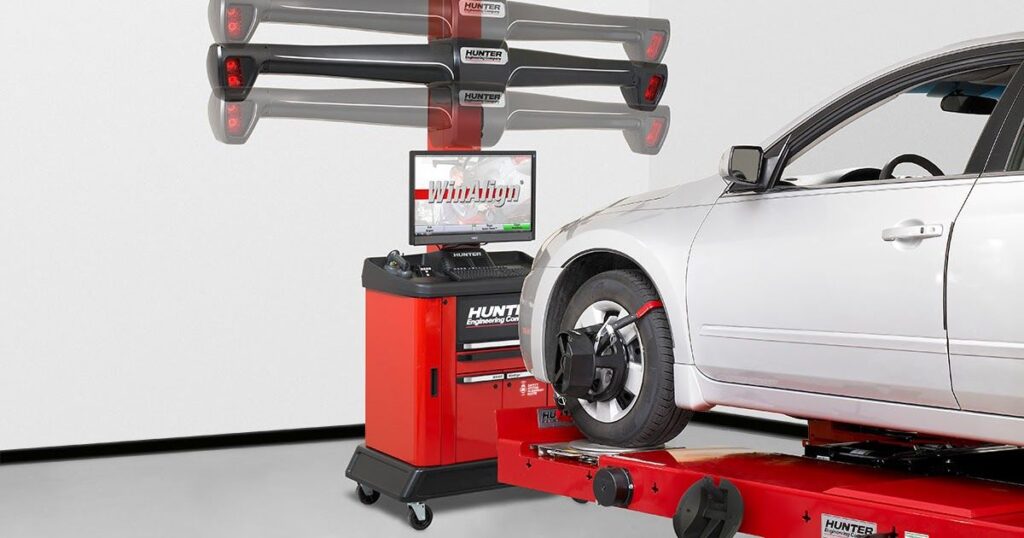
The frequency of wheel alignments depends primarily on your driving habits. Most vehicle manufacturers recommend having your wheels aligned every 10,000 miles. However, this is a general guideline, and if your car is showing signs of misalignment, you should not wait until the 10,000-mile mark to have the wheels aligned.
Regular wheel alignments are essential for maintaining your vehicle’s safety, performance, and extending the life of your tires. By addressing misalignment issues promptly, you can avoid premature tire wear, improve fuel efficiency, and ensure optimal handling and control on the road.
FAQ’s
Is Tire Rotation the Same as Wheel Alignment?
No, tire rotation and wheel alignment are not the same. Tire rotation involves moving the tires and wheels to different positions on the vehicle, either diagonally or from front to back. Wheel alignment, on the other hand, adjusts the angles of the wheels to ensure they are properly aligned for even tire wear and optimal performance.
Can a Bad Alignment Mess Up My Wheels?
Yes, a bad wheel alignment can severely mess up your wheels and tires. Improper alignment causes uneven and accelerated tire wear, leading to premature tire degradation. A slight misalignment can reduce tire life by a few thousand miles, while a severe misalignment can cause tires to wear out in just a few hundred miles. Addressing misalignment issues promptly can save you hundreds of dollars in tire replacement costs.
Are Wheel Balancing And Wheel Alignment the Same?
No, wheel balancing and wheel alignment are different processes. Wheel balancing corrects weight imbalances in the tire and wheel assembly, preventing vibrations and uneven wear. Wheel alignment, on the other hand, adjusts the angles of the wheels to ensure they are parallel and perpendicular to the ground, optimizing handling, steering, and tire wear.
Conclusion
While Walmart no longer offers wheel alignment services at their Auto Centers, they remain a convenient one-stop shop for various automotive needs, including tire installation, oil changes, battery testing, and more. If you require a wheel alignment, there are numerous other automotive stores and repair shops across the United States that provide this essential service at reasonable costs.
Proper wheel alignment is crucial for maintaining your vehicle’s safety, performance, and extending the life of your tires. By addressing misalignment issues promptly and following the recommended maintenance schedule, you can avoid premature tire wear, improve fuel efficiency, and ensure a smooth, comfortable ride.
Remember, neglecting wheel alignment can lead to uneven tire degradation, decreased handling, and potential safety hazards on the road. Don’t compromise your driving experience or put yourself at risk – prioritize regular wheel alignments as part of your overall car care routine.

Hey there! I have 5 years of experienced repairing all makes and models. Specializes in engine diagnostics, brake repair, electrical systems, and teaching DIY maintenance tips. Passionate about keeping cars running safely.
